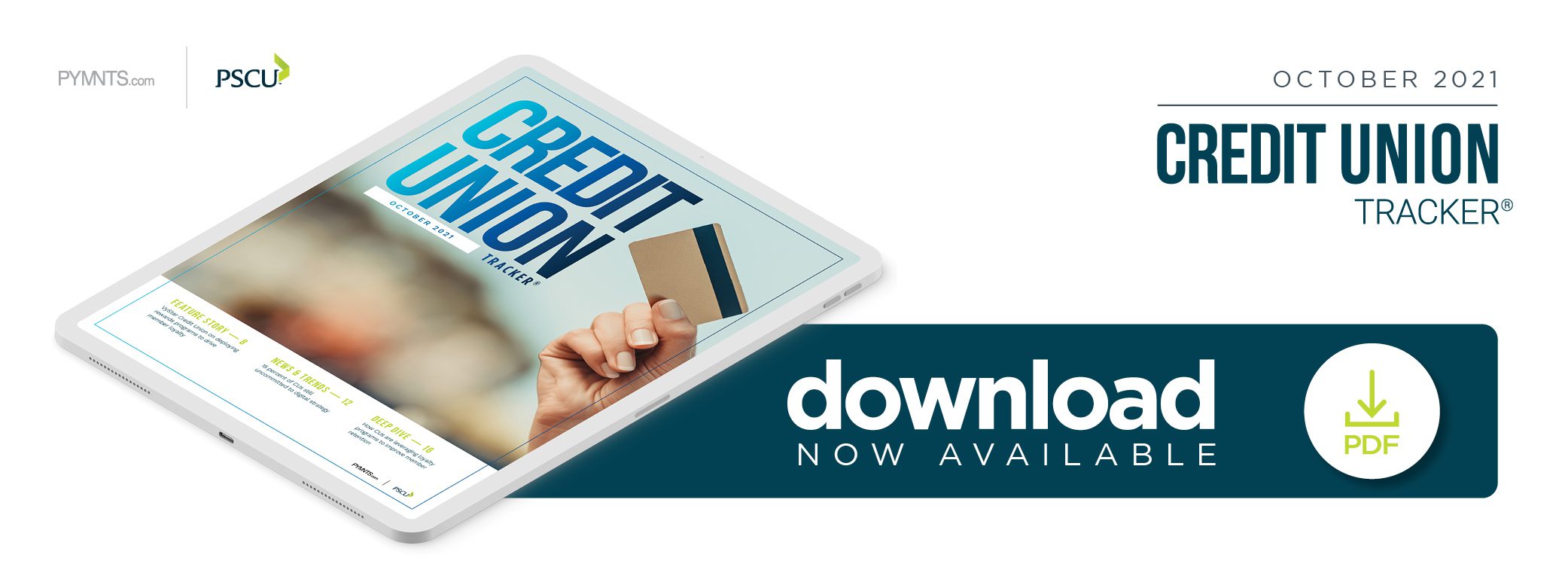Deep Dive: How Loyalty Programs Can Improve CUs’ Member Retention

Consumers may find the diversity of today’s banking options overwhelming, as the digital shift means that choice is no longer limited by proximity. Digital-first FinTechs, for example, have no physical presence at all and can attract customers from around the globe. Financial institutions (FIs) typically lose 15 percent of their customers to attrition each year, and the initial costs of replacing lost customers exceed the benefits: Each new customer generates only $150 in profit each year but takes $200 to acquire and onboard.
Credit unions (CUs) surrounded by traditional bank rivals cannot afford to lose members to the growing ranks of virtual competitors. Retention is becoming imperative for CUs, making rewards that sweeten the deal for CU members more popular — and more crucial — than ever.
The following Deep Dive explores recent trends in FIs’ loyalty and rewards programs and how CUs are leveraging these initiatives to retain members and gain new ones. It also examines how CUs can overcome some of the challenges they face in implementing these programs.
What loyalty programs for FI customers look like
Consumers are avid loyalty program users wherever and whenever these options are available. A PYMNTS survey found that 50 percent of retail shoppers use loyalty programs, for example, and 55 percent would be “very” or “extremely” interested in loyalty offerings from merchants in their communities. This interest in rewards extends to the financial space as well, according to other PYMNTS research. Digital wallet users value rewards so highly, for example, that 45 percent of Amazon Pay users, 40 percent of Google Pay users and 39 percent of Apple Pay users would be “very” or “extremely” likely to leave their current FIs for competitors that offer rewards. Age is also a factor: Bridge millennials were the most willing to switch FIs for access to rewards at 33 percent, while baby boomers and seniors were the least likely to switch at 15 percent.
Loyalty programs for traditional FIs have many different forms, with one of the most common being cash back programs for payment cards. Citi, for example, offers a 1 percent cash back reward on all purchases and an additional 1 percent when the user pays their credit card bill. Other banks prefer rewarding customers for debit purchases or for opening new checking accounts. Radius Bank, for example, offers increased interest rates when customers retain balances of $2,500 per month. What these programs have in common is the offer of a monetary reward for either using the bank’s services or maintaining active accounts, thus keeping customers from taking their money to competitors.
Rewards programs at CUs typically resemble those of their traditional bank counterparts, and many CUs are seizing the opportunity to reward their members for their loyalty. Pasadena, California-based Wescom Credit Union, for example, has a member base that includes a large portion of students at the nearby University of California Los Angeles (UCLA). Younger members are the most likely demographic to drop CUs in favor of FinTechs, so Wescom recently launched a new credit card geared toward students and alumni that offers cash rewards for purchases through UCLA athletics programs and on-campus merchants. Other examples include Navy Federal Credit Union, which recently upgraded its credit card rewards program for members with direct deposit accounts.
Initiatives such as these sound straightforward, but CUs can face greater challenges in their implementation than competitors.
Loyalty program challenges and rewards for CUs
CUs looking to launch rewards programs must contend with interest rate caps, program deployment costs and the potential fraud from bad actors attempting to exploit loyalty rewards without being actual members. As not-for-profit organizations, CUs may have fewer funds available than commercial banks to invest in these programs and products, or they may lack access to the same technologies and technical skills as their FinTech competitors, making them less agile in implementing rewards offerings. Many CUs are surmounting these obstacles by collaborating with third-party partners that can handle the back-end implementations for rewards programs. Partners can also protect against fraud and reduce programs’ costs and operational burdens. The right partnerships can help CUs foster member loyalty without incurring undue challenges and expenses.
Consumers have more choices than ever about their banking institutions, and rewards are a key driver in this decision. CUs might face challenges in implementing rewards programs independently, but they need not go it alone. The potential costs of lacking these programs may be incalculable, but the benefits that strategic partnerships can deliver to both CUs and their members are likely to be substantial.
